Feeding habits and nutritional requirements of native cichlids with aquaculture potential from Mexico and Central America. A review
DOI: https://doi.org/10.3856/vol53-issue3-fulltext-3369
Abstract
The Cichlidae family is among the most diverse freshwater fish groups globally, with high ecological, economic, and cultural value across Mexico and Central America. However, overfishing and habitat degradation threaten wild populations, prompting interest in aquaculture as a conservation and production strategy. This review examines the feeding habits and nutritional requirements of eight native cichlid species with aquaculture potential, with a focus on trophic-level adaptations. High-trophic-level species, such as bay snook (Petenia splendida), require 45-50% dietary protein with minimal plant protein inclusion (<20%) and 15-20% lipid content from fish oil sources. In contrast, middle-trophic-level species, like the Mayan cichlid (Mayaheros urophthalmus), accept 35-40% protein diets with higher inclusion of plant ingredients, such as soybean meal, and 10-15% lipids. Carbohydrate utilization correlates with trophic level, with middle-trophic species tolerating 30-35%, while high-trophic-level species exhibit reduced tolerance. Vitamin and mineral requirements remain poorly defined, underscoring the need for future research. The review highlights significant knowledge gaps, particularly in areas such as micronutrient needs, protein source digestibility, and trophic-stage-specific feed formulation. Aligning feed strategies with trophic adaptations is key to enhancing aquaculture growth performance, sustainability, and biodiversity conservation. This synthesis provides a foundation for targeted research and practical feed development in native cichlid farming.



